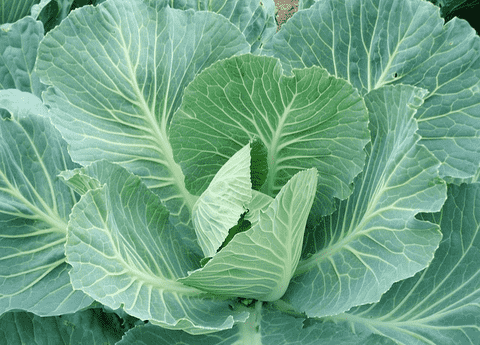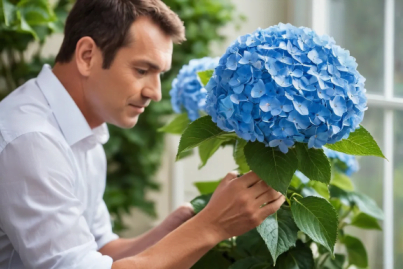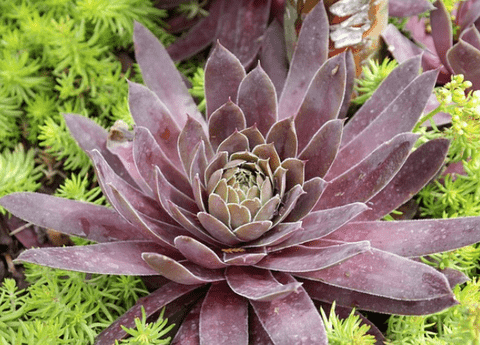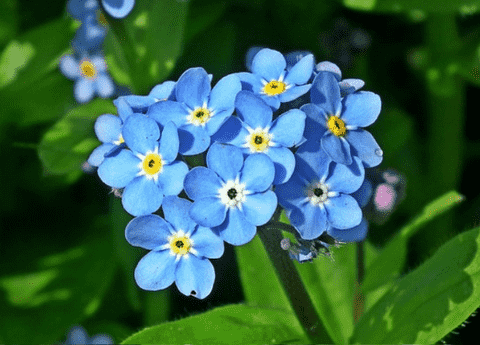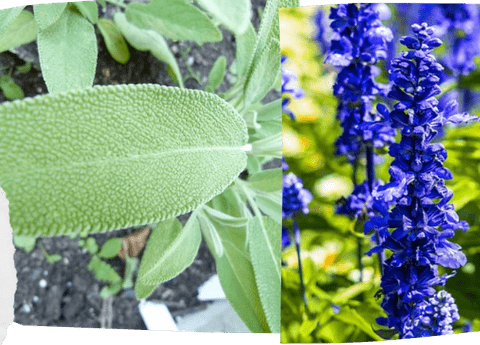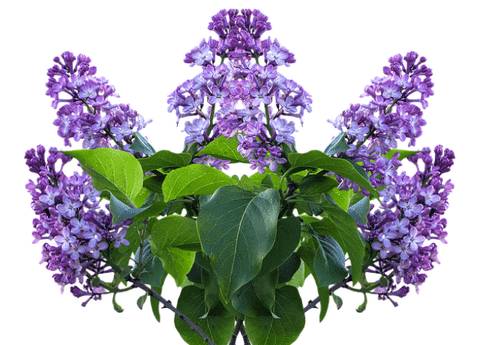Bok Choy Gardening 101: Essential Tips for Beginner Growers
Table of Contents
Embarking on the journey of bok choy gardening is a rewarding endeavor for home gardeners and vegetable enthusiasts alike. As a versatile leafy green, bok choy not only adds a nutritious punch to your meals but also brightens up your vegetable patch with its lush, vibrant leaves. For beginners interested in gardening, understanding the essentials of bok choy care is crucial to ensuring a bountiful harvest. In this guide, we will explore the fundamental bok choy growing tips and best practices for bok choy, covering everything from how to grow bok choy to effective bok choy plant care. Whether you’re aiming for a thriving bok choy harvest or simply want to expand your gardening repertoire, these insights will help you cultivate this delightful vegetable with confidence.
Getting Started with Bok Choy
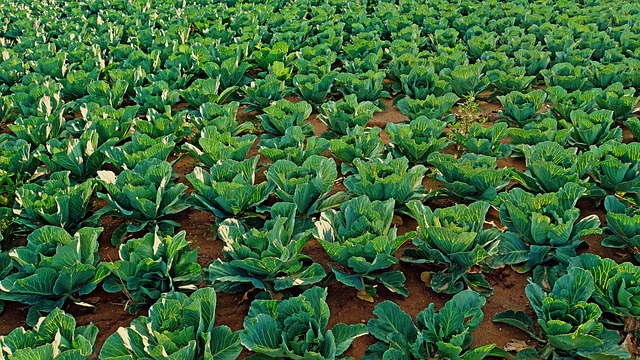
Choosing the Right Variety
Selecting the appropriate bok choy variety is a crucial first step in your gardening journey. Bok choy, also known as Chinese cabbage, comes in several varieties, each with unique characteristics. The most common types are the standard white-stemmed, green-stemmed, and baby bok choy. White-stemmed varieties like ‘Joi Choi’ are known for their robust growth and wide adaptability, making them ideal for beginners. Green-stemmed types, such as ‘Shanghai Green’, offer a slightly different flavor and are often more compact. Baby bok choy, which matures quicker, is perfect for those looking to harvest sooner. Consider your local climate and the space available in your garden when making a selection. Warmer climates may benefit from heat-tolerant varieties, while cooler regions might favor those that can withstand a chill. By choosing the right variety, you set the foundation for successful bok choy gardening.
Ideal Soil and Location
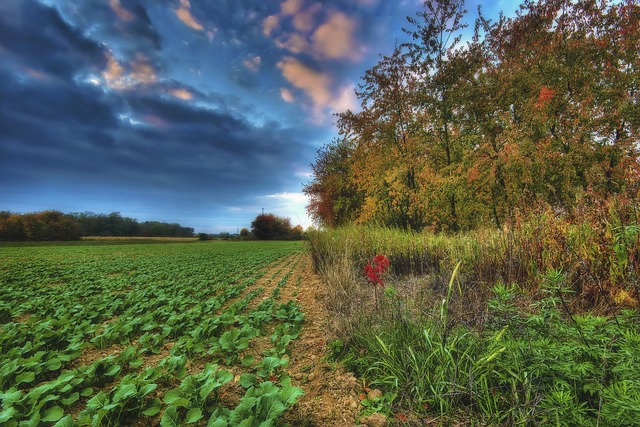
For optimal bok choy growth, selecting the right soil and location is fundamental. Bok choy thrives in well-drained, fertile soil with a pH level between 6.0 and 7.5. Enrich your garden soil with organic matter like compost or aged manure to enhance its nutrient content and structure. This leafy green prefers a sunny spot, although it can tolerate partial shade, especially in hotter climates. Ensure the location receives at least 4 to 6 hours of sunlight daily to promote healthy growth. Avoid planting bok choy in areas where other brassicas have recently grown to minimize disease risk. If your soil is heavy or clay-laden, consider using raised beds to improve drainage. Preparing your garden with these considerations in mind will help your bok choy plants establish strong roots and flourish, leading to a successful bok choy harvest.
Planting Bok Choy Seeds
Planting bok choy seeds correctly is key to fostering a healthy start for your plants. Begin by sowing seeds directly in the garden once the danger of frost has passed and the soil is workable, typically in early spring or late summer for a fall harvest. Space the seeds about 1/2 inch deep and 1 inch apart to allow ample room for growth. As seedlings emerge, thin them to 6 to 8 inches apart to minimize competition for resources. If you prefer starting seeds indoors, plant them in biodegradable pots about 4 to 6 weeks before your last expected frost date. This approach helps extend the growing season and gives young plants a head start. Transplant seedlings outdoors once they have at least two true leaves and the risk of frost subsides. By carefully following these planting guidelines, you’ll set the stage for vigorous bok choy growth and a rewarding harvest.
Caring for Your Bok Choy Plants
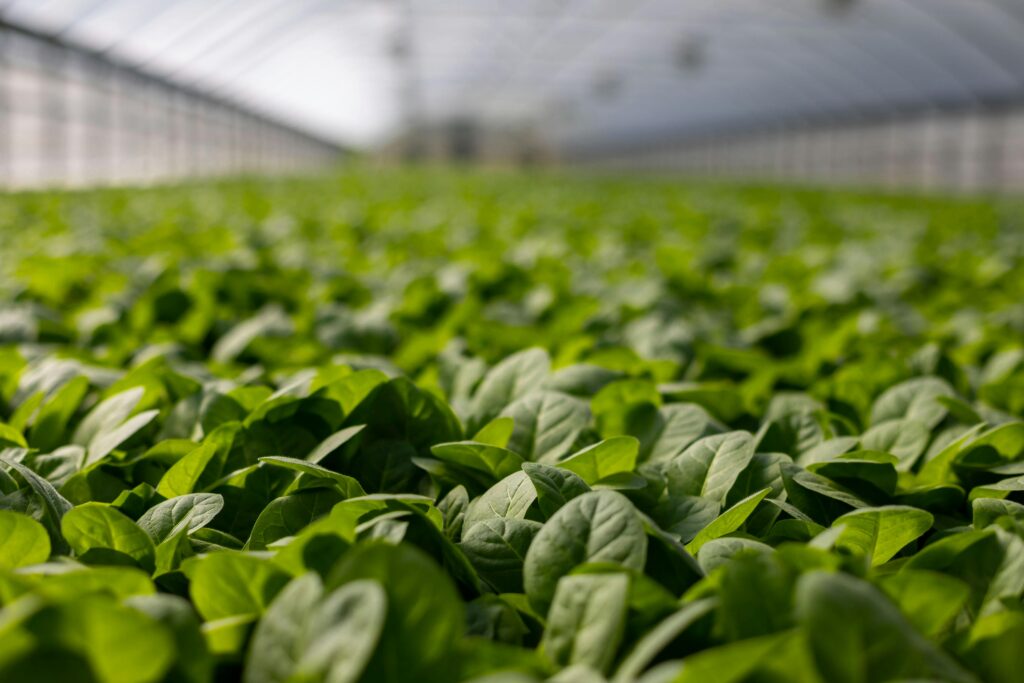
Watering and Fertilizing Tips
Proper watering and fertilizing are critical components of bok choy plant care. Bok choy requires consistent moisture to thrive, so aim to keep the soil evenly moist but not waterlogged. Water your plants deeply at least once a week, adjusting based on rainfall and temperature. In hot or dry conditions, increase the frequency to prevent the soil from drying out. Spreading mulch around the base of the plants helps to conserve moisture and keep weeds at bay.
When it comes to fertilizing, bok choy benefits from a balanced, slow-release fertilizer applied at planting time. As the plants grow, supplement with a liquid fertilizer every two to three weeks to sustain their rapid development. Alternatively, side-dress with compost or well-rotted manure to provide a steady nutrient supply. Avoid high-nitrogen fertilizers, as they can lead to lush foliage but poor root development. By adhering to these watering and fertilizing tips, you’ll promote healthy, productive bok choy plants.
Managing Pests and Diseases

Effective management of pests and diseases is essential for maintaining healthy bok choy plants. Common pests include aphids, flea beetles, and cabbage worms, which can cause significant damage to leaves. Regularly inspect your plants and remove any visible insects by hand or with a strong water spray. Introducing beneficial insects, such as ladybugs, can help naturally reduce pest populations.
To prevent diseases such as downy mildew and clubroot, practice crop rotation and avoid planting bok choy in the same spot each year. Ensure good air circulation by spacing plants appropriately and removing any debris from around the garden bed. Applying a layer of mulch can also deter pests and reduce disease incidence by minimizing soil splash during watering or rain.
For persistent pest issues, consider using insecticidal soap or neem oil, following the product instructions carefully. By implementing these strategies, you can effectively manage pests and diseases, ensuring a healthy and productive bok choy garden.
Mulching and Weeding Practices
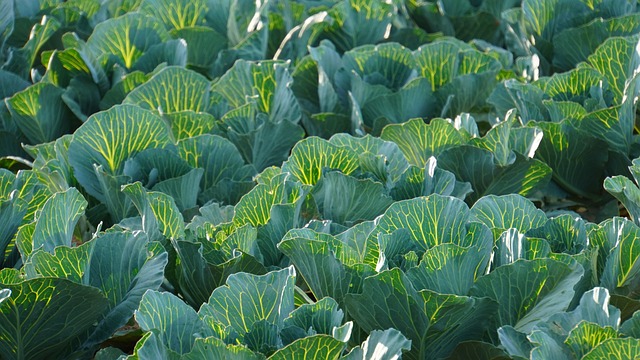
Mulching and weeding are vital practices in bok choy plant care, contributing significantly to plant health and yield. Applying mulch around your bok choy helps retain soil moisture, suppress weeds, and regulate soil temperature. Organic mulches like straw, grass clippings, or shredded leaves work well, providing additional nutrients as they decompose. Apply a 2-3 inch layer around the base of the plants, being careful to keep mulch away from the stems to prevent rot.
Regular weeding is also crucial, as weeds compete with bok choy for water and nutrients. Hand-pulling is often effective, especially in smaller gardens, but be gentle to avoid disturbing the plant roots. For larger areas, consider using a hoe to remove weeds between rows. Consistent maintenance prevents weeds from establishing and helps your bok choy thrive. By incorporating these mulching and weeding practices, you create a conducive environment for healthy, robust bok choy plants.
Harvesting and Beyond
When and How to Harvest
Knowing when and how to harvest bok choy is crucial for maximizing flavor and yield. Typically, bok choy is ready for harvest 45 to 60 days after planting, depending on the variety. Look for mature plants with firm, crisp stalks and vibrant leaves. For baby bok choy, you can harvest earlier, once the plant reaches 6 inches in height.
To harvest, use a sharp knife or garden shears to cut the plant at the base, just above the soil line. Alternatively, you can remove individual outer leaves, allowing the inner stalks to continue growing for a staggered harvest. This method is ideal for home gardeners seeking a continuous supply of fresh greens.
Harvest in the morning when the plants are fully hydrated to ensure the best flavor and texture. Promptly refrigerate harvested bok choy to preserve its freshness. By following these steps, you’ll enjoy a successful bok choy harvest and savor its crisp, delicious flavor in your meals.
Storing and Using Bok Choy
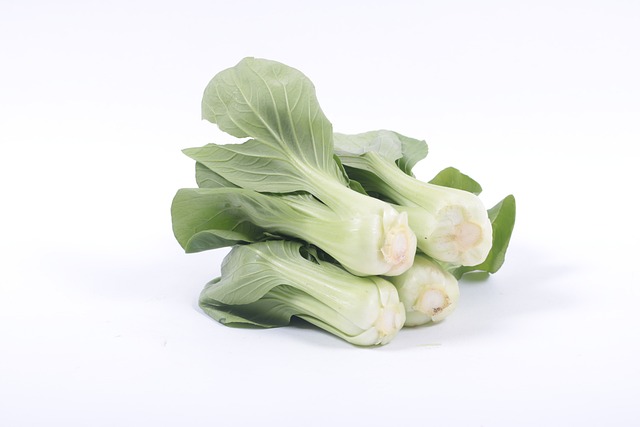
Proper storage of bok choy ensures it retains its crispness and nutritional value. After harvesting, rinse the bok choy under cold water to remove any dirt and debris. Gently shake off any excess water, then pat the leaves dry with a clean towel. Store the bok choy in a plastic bag or an airtight container in the refrigerator’s crisper drawer. Under these conditions, bok choy can stay fresh for up to a week.
When it comes to using bok choy, its versatility shines in various culinary applications. The tender leaves and crunchy stems are perfect for stir-fries, soups, and salads. Bok choy can also be steamed, sautéed, or added to casseroles and noodle dishes. For a simple preparation, try lightly sautéing bok choy with garlic and a splash of soy sauce for a quick, nutritious side dish.
By storing and using bok choy correctly, you can enjoy its fresh flavor and health benefits long after the harvest.
Preparing for the Next Season
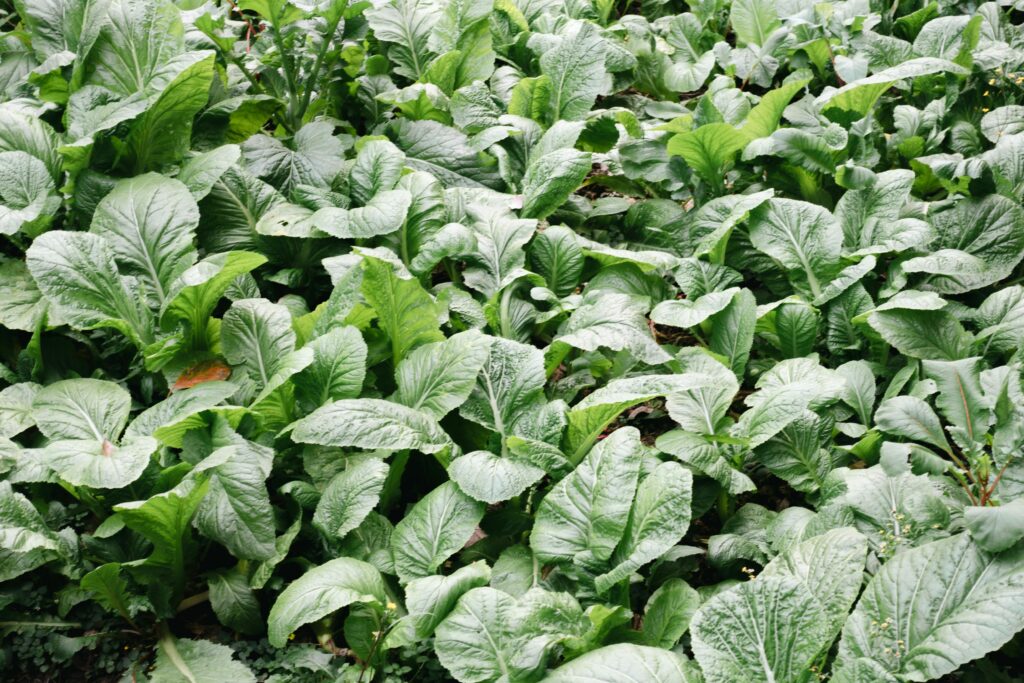
As the bok choy harvesting season concludes, it’s time to prepare for the next planting cycle. Begin by clearing your garden of any leftover plant debris to prevent the harboring of pests and diseases. Compost these remnants or dispose of them appropriately if they exhibit signs of disease.
Next, replenish your soil’s nutrients by incorporating organic matter such as compost or aged manure. This practice not only enhances soil structure but also prepares it for the demands of another growing season. Conducting a soil test can provide insight into any specific nutrient deficiencies that need addressing.
Consider rotating your crops to a different section of the garden to minimize disease risks commonly associated with continuous planting in the same area. Additionally, plan your seed selection and order early to ensure availability. Start seedlings indoors if necessary, following the same steps for timing and preparation. By taking these actions, you’re setting yourself up for another successful bok choy gardening season.

